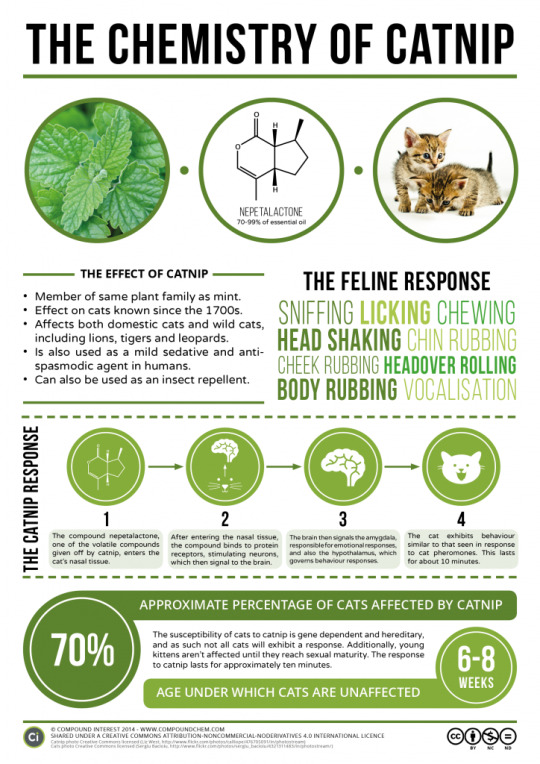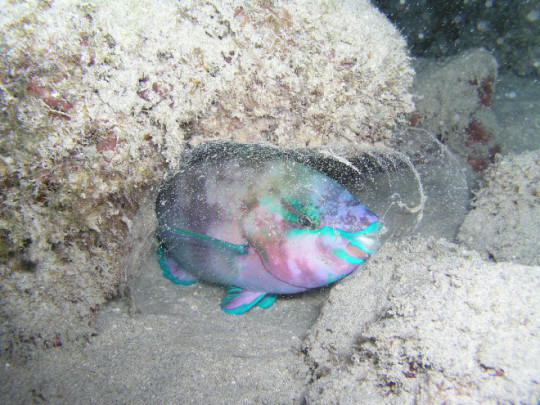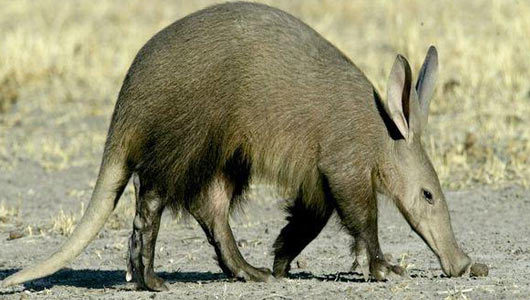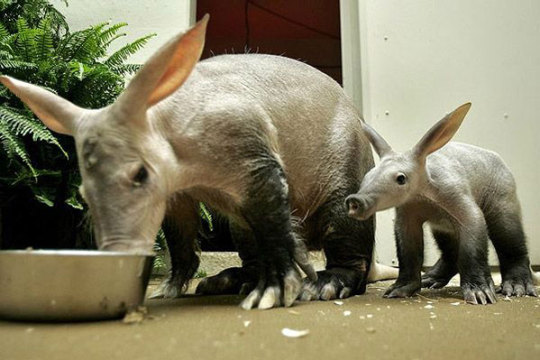Photo

Something we can all relate to?
via Pandaplatter
1K notes
·
View notes
Video
youtube
Why relive just one space shuttle launch when you can watch ALL 135 OF THEM IN ONE VIDEO?!
(for some reason this video doesn’t get going until 0:30 or so, but it’s worth it)
(via Nerdist)
218 notes
·
View notes
Photo

Happy World Cat Day, science cat lovers!
via Reddit
262 notes
·
View notes
Photo




Favourite Moments from Cosmos: A SpaceTime Odyssey (2/?)
- From Episode 1: Standing Up in the Milky Way
6K notes
·
View notes
Photo

Malaria Parasites Get Down to the Bone
A new study confirms that malaria-infected parasites can bury into bone marrow of infected patients to escape the immune system and cause disease. The findings may help scientists figure out a way to target parasite sanctuaries with new drugs or vaccines. Carried by mosquitoes, Plasmodium falciparum causes the most severe form of malaria, resulting in almost one million deaths every year globally. These findings contradict previous assumptions that all sequestering P. falciparum stages bind to endothelial cells on the inside of blood vessels and have implications for intervention strategies targeting this portion of the parasite’s life cycle.
Read more about this research from the 9 July issue of Science Translational Medicine here.
[Image courtesy of Regina Joice, Matthias Marti/Harvard School of Public Health. Please click here for more information.]
© 2014 American Association for the Advancement of Science. All Rights Reserved.
84 notes
·
View notes
Photo

Surgeons work to implant an artificial heart, a temporary organ that will be used until a suitable donor heart becomes available.
Photograph by Robert Clark of National Geographic
from Daily Anatomy
273 notes
·
View notes
Photo

Public and Military Health Posters for Contagious and Infectious Disease
In everyday speech, and even in many news reports, the terms “contagious" and "infectious" are often used interchangeably. In epidemiology (the study of how diseases spread) and most other scientific fields, however, they have distinct definitions. All contagious diseases are infectious, but not all infectious diseases are contagious.
Infectious diseases:
Are caused by “infective agents” - that is, bacteria, viruses, fungi, parasites, or prions - which are non-self organisms.
Cause clinically evident disease.
Not caused by immune dysfunction, non-infected injury, or psychological conditions.
Not caused by bodily reactions to chemicals or poisons not secreted by infective agents.
Transmitted in many, many ways, but generally originate outside of the infected host. An exception is in immune-compromised patients who become infected by commensal organisms.
Contagious diseases:
Are infectious diseases transmitted from person-to-person, with no special agent or vector required.
Can be spread via airborne droplets, other bodily secretions, or fomites (any object or substance capable of carrying infectious organisms, such as clothing, money, doorknobs, or stethoscopes).
Are the cause of most epidemics (a notable exception is the Black Plague, which probably was caught through flea vectors).
Spread can be controlled by quarantine and isolation.
Another context in which “infectious” and “contagious” are used is to describe something as highly infectious or highly contagious.
Highly infectious:
Symptomatic disease can be caused by a very low number of infectious agents being introduced into the body.
Some highly infectious agents (such as ebola), can be caused by a very low number of pathogens, but can only cause infection when introduced into the body in a specific manner - for example, ebola does not cause infection when inhaled, but a tiny droplet of infected bodily secretion landing on an open wound can cause disease.
Highly contagious:
Generally refers to the ability of the pathogen to survive outside of the host, and the number of ways it can be transmitted.
Can be spread through airborne droplets.
To use the ebola example, even though it can’t be caught through airborne droplets, it can be caught through fomites, dead bodies, sexual intercourse, and contact with almost any bodily fluids. Because it’s not airborne, however, it’s considered highly infectious but not highly contagious, at least by virologists.
However, for practical use, because it is so infectious, and has many other modes of transmission, it’s often called “highly contagious” in the media.
Posters from National Archive of Medical History’s Otis Archives
774 notes
·
View notes
Photo

Apparently, it’s World Cat Day - which seems like as good a time as any for a reminder of why cats love catnip: http://wp.me/s4aPLT-catnip
814 notes
·
View notes
Photo





X-Ray GIFs by Cameron Drake | Behance
My Amp Goes To 11: Twitter | Instagram
40K notes
·
View notes
Quote
If Louis Pasteur were to come out of his grave because he heard that the cure for cancer still had not been found, NIH would tell him, “Of course we’ll give you assistance. Now write up exactly what you will be doing during the three years of your grant.” Pasteur would say, “Thank you very much,” and would go back to his grave. Why? Because research means going into the unknown. If you know what you are going to do in science, then you are stupid! This is like telling Michelangelo or Renoir that he must tell you in advance how many reds and how many blues he will buy, and exactly how he will put those colors together.
Albert Szent-Györgyi

(via scienceisbeauty)
940 notes
·
View notes
Photo






Reminder that there are great space agencies out there.
NASA - National Aeronautics and Space Administration
ESA - European Space Agency
CNSA - China National Space Administration
JAXA - Japan Aerospace Exploration Agency
CSA - Canadian Space Agency
ROSCOSMOS - Russian Federal Space Agency
7K notes
·
View notes
Photo

This Goofy Fish Poops Out White-Sand Beaches
"Ah, Hawaii. The resplendent luaus and awe-inspiring volcanoes. Tom Selleck and his mustache running around private-investigating stuff. The beautiful white-sand beaches made of fish poop.
Oh, that’s right. Your precious Hawaiian beach vacation was actually a frolic through epic amounts of doody. Specifically, the doody from a very special kind of critter…”
Read more at Wired.
264 notes
·
View notes
Photo









A ‘Ring of Fire’ solar eclipse is a rare phenomenon that occurs when the moon’s orbit is at its apogee: the part of its orbit farthest away from the Earth. Because the moon is so far away, it seems smaller than normal to the human eye. The result is that the moon doesn’t entirely block out our view of the sun, but leaves an “annulus,” or ring of sunlight glowing around it. Hence the term “annular” eclipse rather than a “total” eclipse.
687K notes
·
View notes
Photo




Aardvark (Orycteropus afer)
The aardvark is a medium-sized, burrowing, nocturnal mammal native to Africa. It resembles a pig with a long snout, which is used to sniff out food. It roams over most of the southern two-thirds of the continent, avoiding mainly rocky areas. A nocturnal feeder, it subsists on ants and termites, which it will dig out of their hills using its sharp claws and powerful legs. It also will utilize its digging ability to create burrows in which to live and rear its young. It receives a “least concern” rating from the IUCN, although its numbers seem to be decreasing. The aardvark is a solitary and a rather quiet animal. However it does make soft grunting sounds as it forages and loud grunts as it makes for its tunnel entrance. The aardvark is known to be a good swimmer and has been witnessed successfully swimming in strong currents. It can dig 1 yard of tunnel in about 5 minutes, but otherwise moves fairly slowly. Aardvarks pair only during the breeding season and the young remain with the mother until the next mating season.
photo credits: onekind, Scotto Bear, zooborns
417 notes
·
View notes










